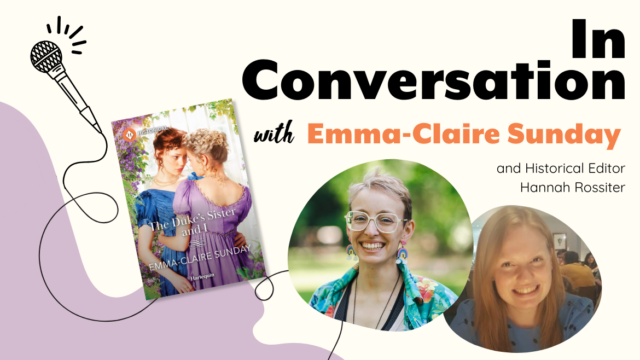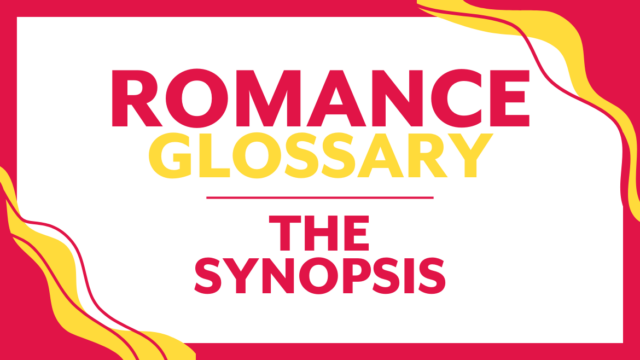Addison Fox had written nearly fifteen titles before coming to Harlequin Romantic Suspense with her Steele family series! As a writer she’s fascinated by the archetypal characters–why readers respond to them, and what you can do to make them your own.
What’s So Appealing About Certain Characters?
Whether we call them hooks or stereotypes, archetypes or clichés, there are certain characters we all know and love. The hooker with the heart of gold. The eternally rugged and delicious space cowboy. Or the suave debonair international man of mystery.
I bet you quickly had an image in your mind of each (Julia Roberts, Harrison Ford and Daniel Craig, perhaps?), but I’d also suspect the mere mention of each type put a series of defined characteristics in your mind as well. Certainly, the actors who played these characters contribute to the positive association, but perhaps there’s something more.
We love these character types because we want to see them redeemed. And as we watch their progress, conquering hurdle after hurdle, we know by the end of the story that they’re worthy of love and have earned their happy ever after.
“I love you.”
“I know.”
Did you all just sigh with me? I’m of the opinion that fewer pieces of dialogue in the modern film cannon are as succinct – or as purely character driven – as those five words. Princess Leia’s declaration of love and Han Solo’s arrogant response are original. And oh so real.
That small passage also illustrates how powerful the use of archetypes can be. When you know and understand your characters, their actions, their dialogue and their approach to every situation must flow naturally from who they are.
For these reasons, archetypes can be an important tool in the writer’s toolbox. Leveraging a well-known character type as the protagonist of your story offers an immediate shorthand to the reader. The stakes are higher, too – after all, it’s now up to me to make that character original and different – but in exchange I know going in that my readers have the subtle sense that they know this character from page one.
Our heroes and heroines aren’t cookie-cutter, but we can use well-known archetypes to set our characters on their journey of self-discovery. After all, before Leia, Han was a lonely smuggler traveling through the galaxy with his furry best friend. Through the power of love – one he tried desperately to avoid – he gained a wife and lover, a best friend, a ghostly father figure and a team of loyal subjects. He might have done the Kessel Run in 12 parsecs, but even our space cowboy couldn’t outrun love.
As a final step, next time you’re brainstorming, I’d encourage you to take a well-known character archetype and see how you can alter it to make your story unique. Does your working girl heroine who appears to only care about climbing the corporate ladder foster puppies? Or does your loner cowboy spend every weekend with an aging grandparent? Or maybe your tough murder cop likes to paint abstract art….
Humans are strange, wonderful, dynamic people and finding those subtle cues that make a character unique helps breathe life into them on the page. Yes, we want our heroes and heroines to be larger than life, but we also want our readers to see the very real thread of humanity that rounds them out.
 What about you? What are some of your favorite character archetypes? I had a blast recently playing with the international man of mystery archetype (James Bond, not Austin Powers!) while writing Liam Steele, the hero of my July release, THE MANHATTAN ENCOUNTER. Liam might have mysterious missions down to an art, but he’s got a thing or two to learn when Dr. Isabella Magnini comes into his life.
What about you? What are some of your favorite character archetypes? I had a blast recently playing with the international man of mystery archetype (James Bond, not Austin Powers!) while writing Liam Steele, the hero of my July release, THE MANHATTAN ENCOUNTER. Liam might have mysterious missions down to an art, but he’s got a thing or two to learn when Dr. Isabella Magnini comes into his life.
Happy Writing and Reading!
Addison
Thanks, Addison, for sharing your insight! Don’t miss finding out more about Addison–and all her stories! on her website, Facebook or following her on Twitter as @AddisonFox




